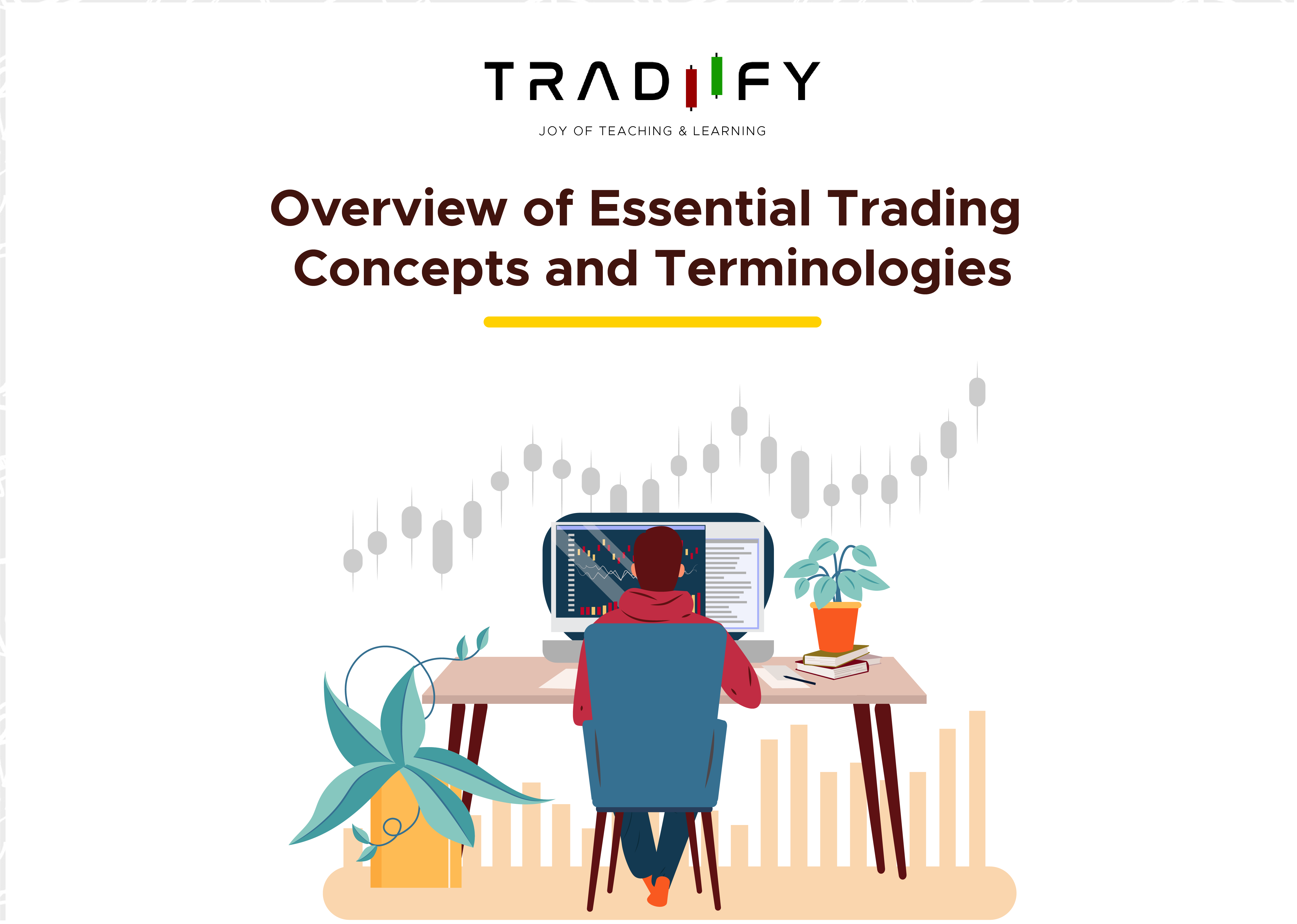.png)
Gold often takes the spotlight when it comes to safeguarding wealth during uncertain times. However, it’s far from the only safe-haven option out there. In fact, depending on your risk tolerance, market outlook, and broader financial goals, there are multiple alternatives worth considering. From stable currencies to certain types of bonds, these other “security blankets” can help preserve your capital while still offering room for growth. Let’s dive into what makes an asset “safe,” why diversification matters, and which vehicles might serve as solid pillars of stability—especially when markets get choppy.
What Makes an Asset “Safe”?
A true safe-haven asset typically has two defining features: stability and liquidity. Stability means the asset tends to hold its value (or even gain) when broader markets fall. Liquidity, meanwhile, ensures you can convert the asset into cash quickly if needed. During market shocks—think abrupt stock sell-offs or geopolitical tensions—investors often flock to assets that can weather the storm without wild price swings. That said, no asset is flawless. Even “safe” investments carry some degree of risk, whether it’s inflation risk for bonds or fluctuating exchange rates for currencies. Understanding these nuances helps you navigate each option more wisely.
The Allure of Government Bonds
Beyond gold, one of the most established safe havens is the government bond, particularly from economically and politically stable countries. U.S. Treasuries are a classic example: they’re backed by the U.S. government’s ability to tax and print money, which theoretically reduces default risk to near zero. The bonds also have high liquidity and are often seen as the global benchmark for “risk-free” interest rates. In addition to the United States, other nations like Germany and Japan offer their own government bonds that investors flock to during rough patches. The trade-off is that yields on these bonds can be relatively low, especially during periods of intense demand, meaning your return might lag behind other types of investments.
Currency Safe Havens
For those who prefer holding money in its rawest form, certain currencies are widely viewed as safe havens. The Swiss franc is a well-known example—Switzerland’s long-standing political neutrality and reputation for financial rigor make it appealing. The Japanese yen is another; traders often turn to yen-denominated assets when global markets get shaky. However, it’s essential to remember that currency values are influenced by many factors, including central bank policies and global trade flows. While currencies can act as buffers, their volatility can spike if interest rate expectations suddenly shift. Therefore, approach currency hedging with a strategy, rather than jumping in purely on market jitters.
Defensive Stocks and Sectors
Gold, bonds, and foreign currencies aren’t the only ways to brace against uncertainty. Some investors turn to defensive stocks—think companies that provide essential products or services, like utilities, consumer staples, or healthcare. These businesses often see steady demand regardless of the economic climate. People still need electricity, groceries, and medications even in a downturn. As a result, shares of these companies may not fall as much as more cyclical stocks when times get tough. They can also pay dividends, offering a bit of income along the way. Still, equities are never entirely free of market risk, so think of them more as a relatively stable corner of the stock world rather than a bulletproof shield.
Real Estate as a Stabilizer
Another asset class worth mentioning is real estate, which some see as a longer-term safe haven. While property values can dip in a financial crisis, housing generally proves more resilient than, say, a speculative tech stock. Moreover, real estate investment trusts (REITs) can provide income through rent or mortgage payments, allowing you to benefit from stable cash flows. That said, location matters—a property in a rapidly shrinking city may see its value erode more than one in a thriving metro area. Macro factors like interest rates, employment trends, and local regulations also play a part, so it’s not as straightforward as parking money in a single commodity.
Stable coins in the Crypto Space
For those comfortable with digital assets, stablecoins—cryptocurrencies pegged to assets like the U.S. dollar—promise a less volatile foothold in an otherwise erratic crypto market. These tokens are designed to maintain a consistent value, making them useful for preserving capital in times of turbulence. Still, stablecoins do come with counterparty risk: you’re relying on the issuer to hold real-world reserves. Regulation is also evolving quickly, and any shift in government policies could affect stablecoins’ viability. While they can act as a quick hedge within the crypto realm, they’re not immune to broader structural or technological risks.
The Importance of Diversification
Even the sturdiest safe-haven asset can falter under extreme circumstances. Bonds can default, currencies can weaken, and certain markets once deemed stable can experience unexpected upheaval. For this reason, diversification—spreading your investments across different asset classes, regions, and sectors—remains key. Owning a mix of safe havens ensures that if one fails to deliver, another might pick up the slack. Ideally, you’re looking for assets that don’t move in perfect tandem. When stocks plummet, government bonds might rise. If a currency weakens, another could strengthen. This interplay helps smooth out returns, making your overall portfolio more resilient.
Balancing Risk and Return
While gold often grabs headlines as the go-to safe haven, plenty of other options exist for risk-averse (or risk-aware) investors. Government bonds, stable currencies, defensive stocks, real estate, and even stablecoins can each play a role. Which ones you choose depends on your outlook, your tolerance for price swings, and how quickly you might need the cash. Ultimately, it’s not about finding a single, failsafe treasure chest. It’s about creating a balanced mix of assets that fortify your finances across a range of economic scenarios. If you align these choices with your longer-term objectives, you’ll be better positioned to navigate both calm and stormy markets.
Comments (0)
Categories
Recent posts


Getting Started with Tradiify LMS: A ...
1 Aug 2024
5 Ways an LMS Can Revolutionize Your ...
1 Aug 2024.jpg)
How Tradiify LMS Supports Continuous ...
1 Aug 2024




